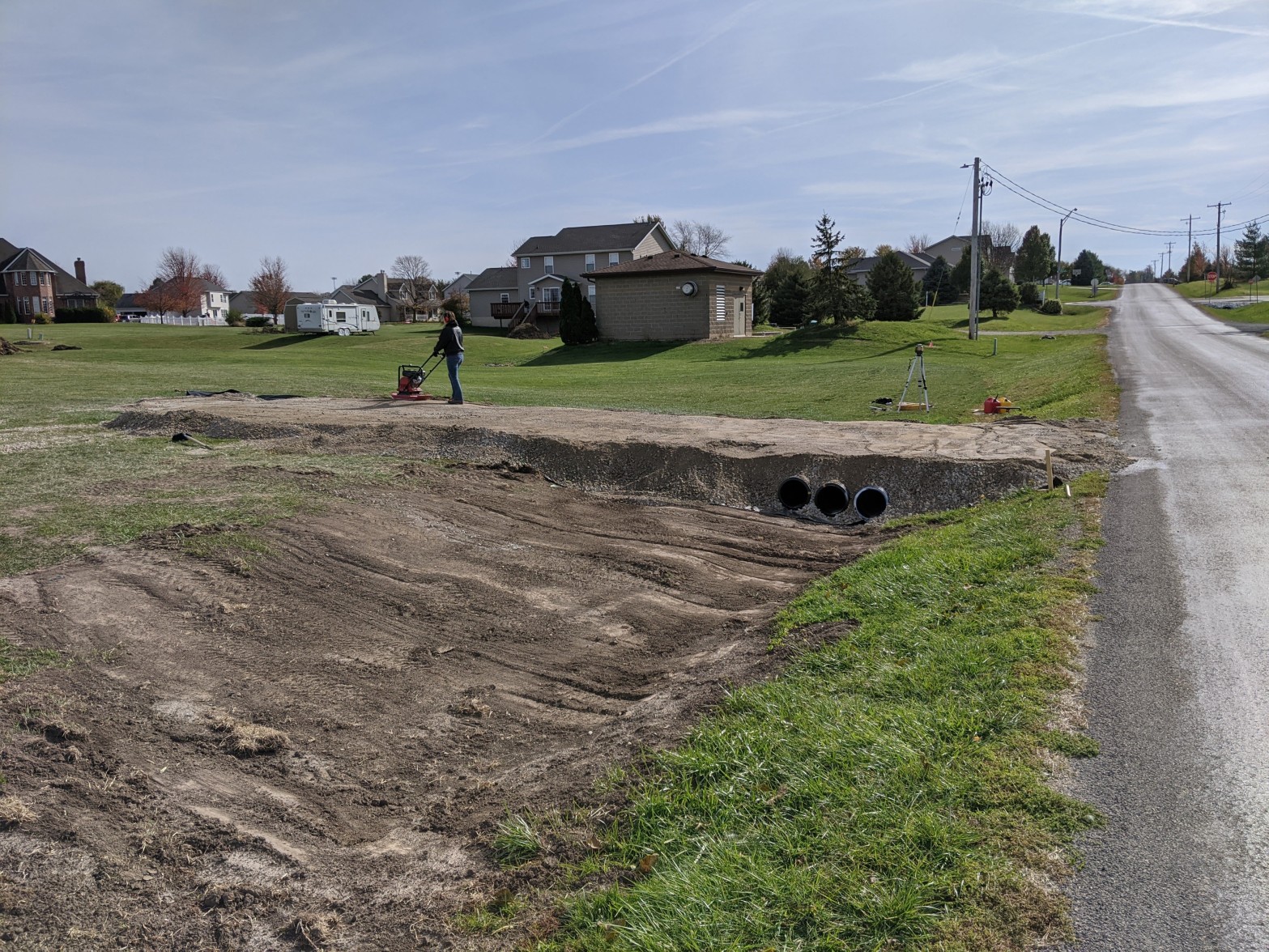The sideways-car-dive into the lot started to get old really fast, so we decided to build a temporary driveway. The process was as simple as scraping away the topsoil, setting an appropriately sized under driveway drainage culvert on drainage grade, and backfilling with CA-6 road base. We made a few passes with a vibratory plateContinue reading “Drainage Grade and Setting a Culvert”
Author Archives: Michael
Understanding R-Value
Understanding what an R-Value is and how to evaluate the cost/benefit of higher R-value insulation in your home.
Finding the Right Property
How do you decide which lot is right for you? What questions should you be asking?
The Construction Calculator That Adds Feet and Inches
Often, when doing construction calculations you are frequently trying to add numbers such as 1’2-1/16″ + 3’9-5/8″. While in the comfort of your office, this wouldn’t be a problem (albeit a little tedious). It becomes a real pain when on the jobsite.
Designing a Roof
Often when you modify a set of existing plans (especially to fit ICFs), you have to redraw the roof plan. This can seem intimidating, but it doesn’t have to be. In this article, I walk you through the process of designing a roof using graphical techniques rather than math.
The Basics of Sizing Electrical Wires
When I first got into electrical work through industrial automation, I found the process of wire sizing to be baffling. The National Electric Code (NEC / NFPA70) does contain the requirements, but isn’t much help teaching their application in specific situations. In the following post, I’ll give you the jist of what I’ve learned and what you’ll need to do basic residential wiring.
What Type of Pipe and Where?
When it comes to plumbing, there are a number of material choices (e.g. PVC, black pipe, PEX, or copper). While the code will restrict the applications for certain types of pipe, often the builder is still left with several choices.
Following the Code
Where can you find the relevant codes when building a home as a DIYer?
Basic Rough in Plumbing Calculations
Our village has adopted the Illinois Plumbing Code 1969 Edition; however, the calculations are very similar to other established codes. The online edition of the Illinois code has many helpful diagrams detailed in the appendices for common configurations. SOME TERMINOLOGY Entirely for the purposes of confusing you, plumbers don’t call a sink a sink, orContinue reading “Basic Rough in Plumbing Calculations”
Choosing a 2D CAD Package
Autodesk AutoCAD LT (Best Software) Most engineers will be familiar with AutoCAD. It’s the default for communicating architectural details and structural drawings. Some larger firms (that can afford it) use a more comprehensive BIM software such as Autodesk Revit. AutoCAD is great, but for home use the expensive subscription model is prohibitive. Limited AutoCAD LTContinue reading “Choosing a 2D CAD Package”
